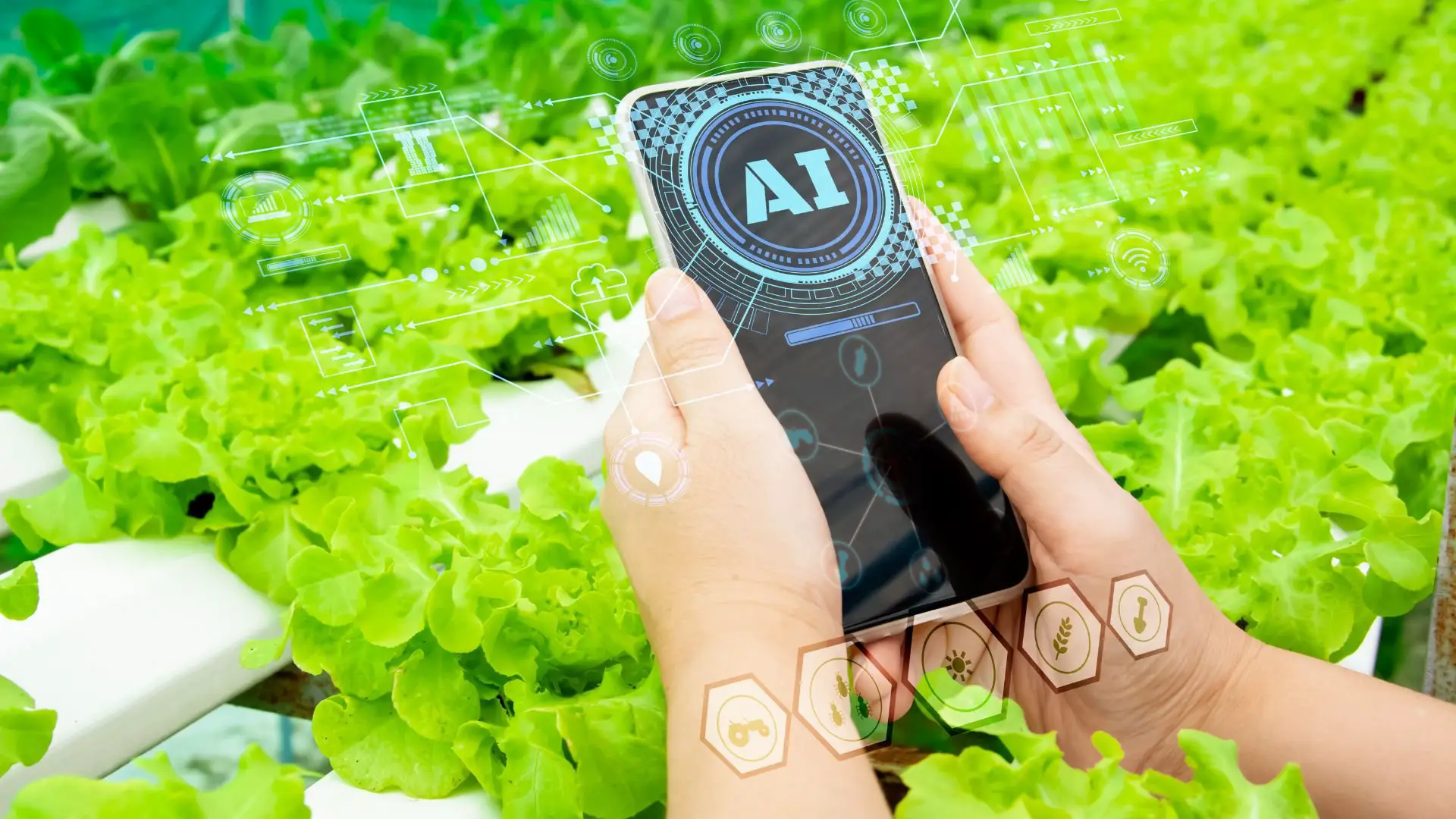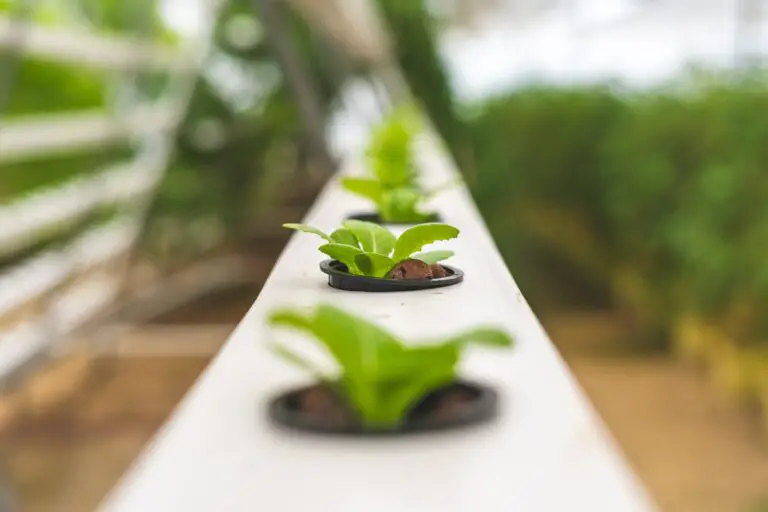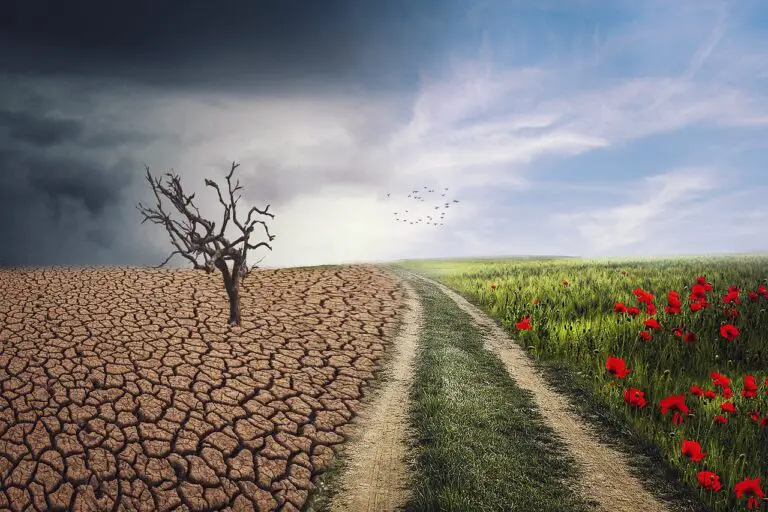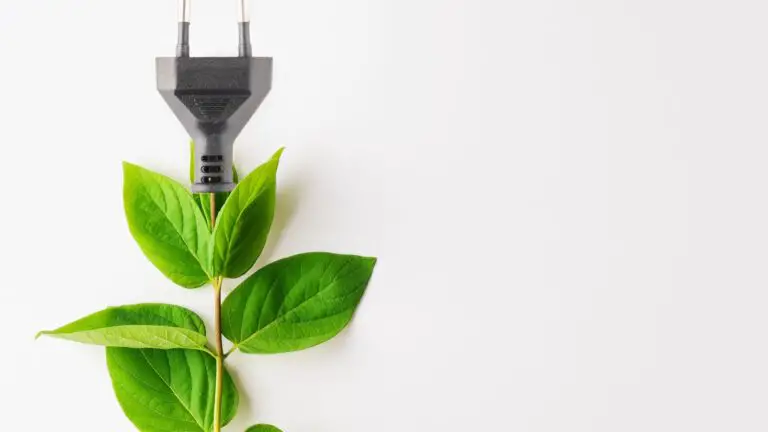AI Agriculture: Revolutionizing Hydroponics Technology
Disclosure: Your purchases through our links may earn us a small commission, supporting our site’s ability to provide valuable information to our readers. Rest assured, it won’t impact your price. Thank you for your support.
The rapidly evolving world of AI agriculture is taking hydroponics technology to new heights. Learn about the benefits of AI-powered hydroponics in promoting efficient and eco-friendly farming methods.
Current Challenges in Agriculture
Modern-day agriculture faces several challenges because of increasing populations, heightened demand for food, limited arable land, and environmental concerns.
As gardeners, we all know that the traditional way of farming is unsustainable in the long run. With the world’s population projected to reach 9.7 billion by 2050, we need to find more efficient and innovative ways to produce our food.
These challenges necessitate innovative solutions that can optimize yields, maximize efficiency, and reduce waste.
That’s where hydroponics technology comes into the picture.
Read Why Is Hydroponics Farming Increasing in Popularity? to learn more.
Hydroponics Overview
By growing plants in a soil-less system, we can reduce water consumption, eliminate the use of pesticides, increase yield, and take up less land.
Hydroponics is a subsect of modern-day agriculture where plants grow in nutrient-rich solutions without soil. This efficient farming method allows for more control over growing conditions, leading to higher yields and fewer wasted resources. Different types of hydroponic systems exist, including Nutrient Film Technique (NFT), Aeroponics, and Deep Water Culture (DWC).
Read How to Choose the Right Hydroponic System for Your Needs? to learn more.
AI Integration in Hydroponics Technology
Artificial Intelligence (AI) has become increasingly popular in many industries, including agriculture. And when we combine hydroponics with artificial intelligence (AI), the possibilities become endless.
The rapidly evolving world of AI agriculture is taking hydroponics technology to new heights.
Benefits of AI in Hydroponics
AI-driven hydroponics systems are revolutionizing the way farmers produce food, providing them with innovative ways to monitor, control and optimize resources for higher yield and quality produce.
By leveraging AI sensors that track humidity, temperature, pH levels, water quality, and more, algorithms can create a customized growing environment tailored to maximize plant health and yield.
AI can also automate and manage the growth environment, identifying and treating plant diseases before they spread.
Additionally, energy efficiency is improved by optimizing energy consumption and adjusting lighting to match plants’ optimal wavelengths.
Lastly, AI makes hydroponics accessible to everyone, requiring no extensive knowledge about gardening or farming to grow crops in their homes successfully.
All of this is accomplished through a simple smartphone app.
Precision Agriculture
Hydroponic farms require constant monitoring of the plants’ needs and environment, which is a tedious and time-consuming process.
However, AI applications in hydroponics enable precision agriculture, which involves collecting and analyzing data to optimize growing conditions. It provides valuable insights into factors such as plant health, water level, and nutrient absorption.
As a result, farmers can adjust the growing environment factors to improve the plants’ growth, minimize waste, and achieve a sustainable and cost-effective farming method. It reduces manual labor, increases efficiency, and provides reliable data for decision-making.
Using AI algorithms, farmers can accurately determine the right nutrients, pH levels, and lighting conditions for a particular crop, resulting in higher yields and improved crop quality.
AI-driven Decision Support
AI plays a crucial role in decision-making by providing farmers with real-time data and recommendations. AI-driven decision support systems can help farmers to identify bottlenecks in the production process, diagnose problems early on, and make data-driven decisions on plant breeding, pest management, and crop quality.
These insights help farmers to maximize yield, minimize crop losses and create consistent and high-quality harvests.
Future Trends in AI Hydroponics
The future of AI in hydroponics is limitless. Already, hydroponic farms are taking advantage of new technological developments such as machine learning, robotics, and artificial intelligence to achieve more efficient and sustainable farming practices.
In the coming years, AI-powered autonomous systems can take over repetitive tasks such as planting, harvesting, and sorting crops. We can save labor costs, increase accuracy, and optimize the use of resources.
Advancements in AI technology will create new possibilities for growing crops that were previously impossible, such as lower gravity environments and space colonies. The future of AI in hydroponics technology is bright and offers endless possibilities for sustainable agriculture.
Environmental Impact and Future Potential
The marriage of AI with hydroponics offers numerous environmental benefits, such as reduced water usage, minimized agrochemical application, and optimized space requirements.
Moreover, AI-driven hydroponics technology may play a critical role in urban farming and vertical agriculture, helping address the population growth and food security challenges faced by many cities.
Real-World Applications
Many companies are already harnessing the power of AI in hydroponics. For instance, Agrilyst is known for its AI-driven software that offers predictive growth analytics for various crops and manages workflows for indoor farming systems.
Additionally, Watermed 4.0 is an intelligent hydroponics platform that collects data from sensors and uses machine learning algorithms to optimize water usage.
Best Practices for Implementing AI Agriculture in Hydroponics Technology
When implementing AI agriculture in hydroponics technology, consider the following best practices:
- Conducting extensive research on various hydroponic systems powered by AI is essential to find the best solution for your needs.
- Invest in high-quality sensors and data collection equipment to ensure accurate and reliable readings for AI-driven algorithms.
- Collaborate with AI agriculture experts to ensure the technology is used safely and responsibly.
- Develop a plan for data security and privacy to ensure the safety of your farm’s information.
- Test different AI algorithms to find the most effective solution for your specific hydroponics system.
- Regularly review and refine the system to maintain optimal performance.
By following these best practices, you can maximize the potential of AI in hydroponics technology and ensure that your farm can take advantage of the latest advances in AI agriculture.
Potential Drawbacks or Limitations to Using Ai-Powered Hydroponics
- One of the potential drawbacks of using AI-powered hydroponics is that it requires a significant investment in hardware and software.
- In addition, since much of the data collected by sensors is highly sensitive, careful consideration needs to be taken when setting up data security protocols.
- Additionally, these systems may not be suitable for smaller farms due to their complexity and cost.
- Finally, since AI algorithms are constantly evolving, regular system updates and maintenance are required to ensure the optimal performance of the hydroponics system.
Despite these potential drawbacks, the limitless possibilities that AI-powered hydroponics presents far outweigh any limitations.
Conclusion
AI agriculture in hydroponics technology is an exciting advancement in the agriculture industry. By improving the efficiency of hydroponic systems, AI agriculture can help us feed the growing population more sustainably.
Moreover, AI agriculture can contribute to reducing pesticides and fertilizers, making our food healthier and safer. As gardeners and consumers, we should embrace this technology, support its growth, and use it to empower us to grow food locally while reducing our environmental impact.
Thank you for reading!






